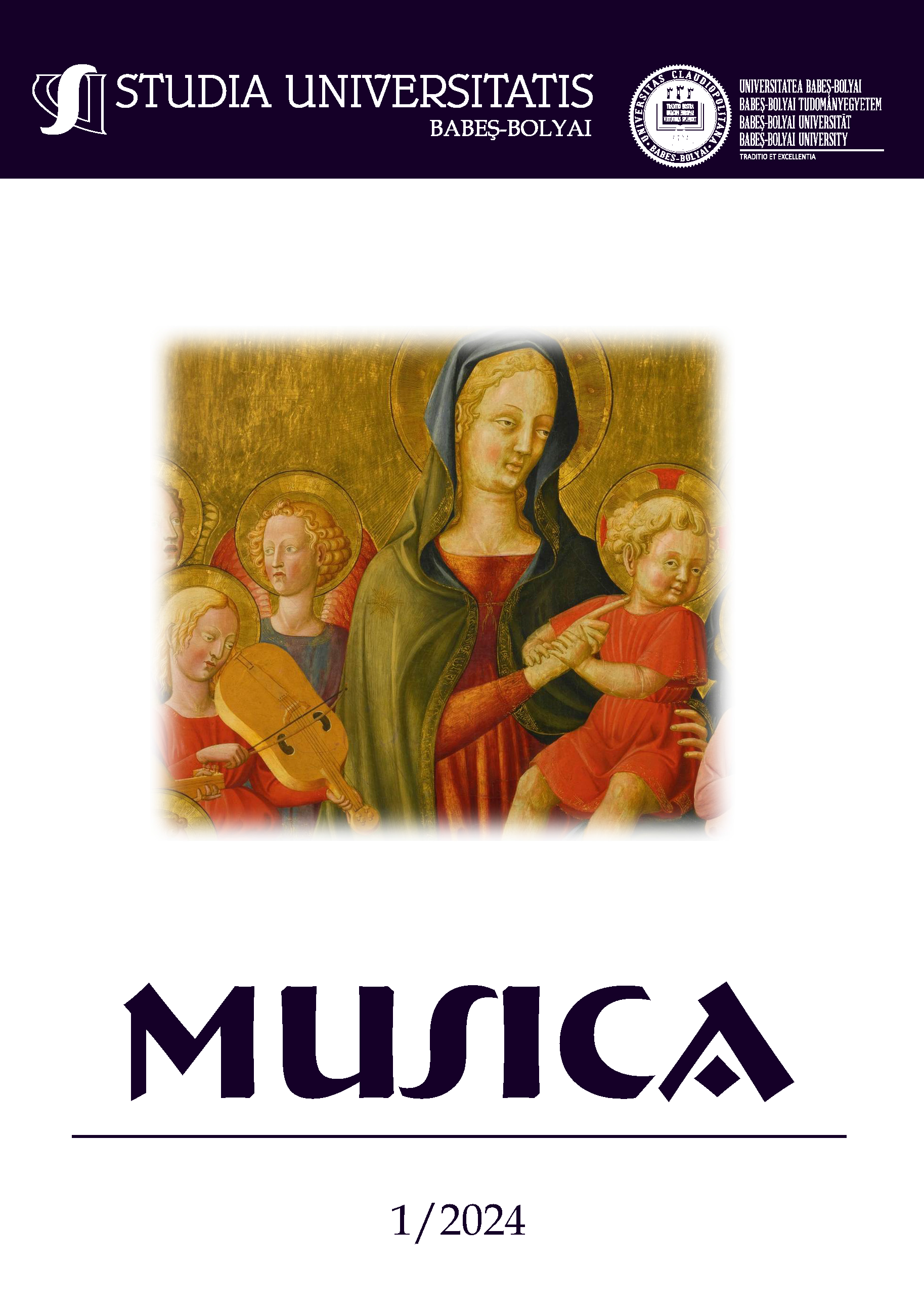Stylistic Correlations Between Serbian and European Music in the 20th Century
DOI:
https://doi.org/10.24193/subbmusica.2024.1.16Keywords:
Serbian, composition, modernity, relations, influencesAbstract
The Serbian musical culture was put late into connection with the European one. The fact that the first piano was introduced in Serbia in 1824 indicates that cultivating Serbian music was not possible under the Turkish domination. The spread of Serbian music in Europe made it possible to publish compositions by foreign authors and Serbian composers, which drew attention to the themes of Serbian music. The compositions were printed and published in Leipzig, Vienna, Prague, Paris, Budapest, London. The tours abroad performed by Serbian choirs and soloists popularized Serbian songs all over Europe. In the first half of the 20th century, almost 80 European composers wrote works with Serbian influences. Most of the foreign composers, especially those who lived and created among Serbians, embraced the mentality and cultural and musical needs of a people whose melodic essence they tapped into, using Serbian musical themes in their compositions.
References
Dević, Dragoslav, Grove’s Dictionary for Music, Yugoslavia, Federal Republic of, electronic edition.
Milin, Melita. Etape modernizma u srpskoj muzici (Stages of modernism in Serbian music), Muzikologija, Beograd, 2006.
Tomašević, Katarina. Na raskršću istoka i zapada (At the crossroads of east and west), Muzikološki institut srpske akademije nauka i umetnosti, Beograd, 2009.
Downloads
Published
How to Cite
Issue
Section
License
Copyright (c) 2024 Studia Universitatis Babeș-Bolyai Musica

This work is licensed under a Creative Commons Attribution-NonCommercial-NoDerivatives 4.0 International License.






